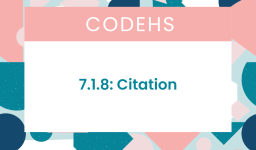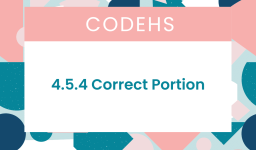The most common answer is:
speed(0)
def draw_square():
for i in range (4):
forward(50)
left(90)
def draw_circle():
circle(25)
penup()
right(90)
forward(200)
right(180)
pendown()
for i in range (4):
draw_square()
penup()
forward(75)
pendown()
draw_circle()
penup()
forward(25)
pendown()This code snippet aims to create a stack of shapes using turtle graphics, specifically squares followed by a circle. However, the structure of the code and the positioning logic for the shapes seem to be a bit off, particularly in how the shapes are stacked and how the turtle moves between drawing each shape.
Let’s adjust the code to ensure that it systematically draws a stack of four squares, each one positioned above the last, followed by a circle on top:
import turtle
turtle.speed(0) # Set the drawing speed to the fastest
# Function to draw a square
def draw_square():
for _ in range(4):
turtle.forward(50) # Side length of the square
turtle.left(90) # Turn left to draw the next side
# Function to draw a circle
def draw_circle():
turtle.circle(25) # Radius of the circle
# Draw four squares, each moved up to stack on the previous
for _ in range(4):
draw_square()
turtle.penup()
turtle.left(90) # Turn left to move up
turtle.forward(50) # Move up to the starting position of the next square
turtle.right(90) # Reorient to the original direction
turtle.pendown()
# Move to the position for the circle on top of the stack
turtle.penup()
turtle.forward(25) # Move to the center of the top square
turtle.right(90) # Turn to move up
turtle.forward(25) # Position the turtle to draw the circle in the center of the square
turtle.pendown()
# Draw the circle on top
draw_circle()
# To keep the window open until manually closed
turtle.done()
In this corrected version, the draw_square function is used to draw a square, and the draw_circle function draws a circle. The loop for drawing squares has been adjusted to move the turtle up after each square is drawn, effectively stacking them.
After drawing the squares, the turtle is moved to the correct position to draw a circle on top of the last square. This approach creates a neat stack of shapes, with the circle neatly positioned above the stack of squares.



